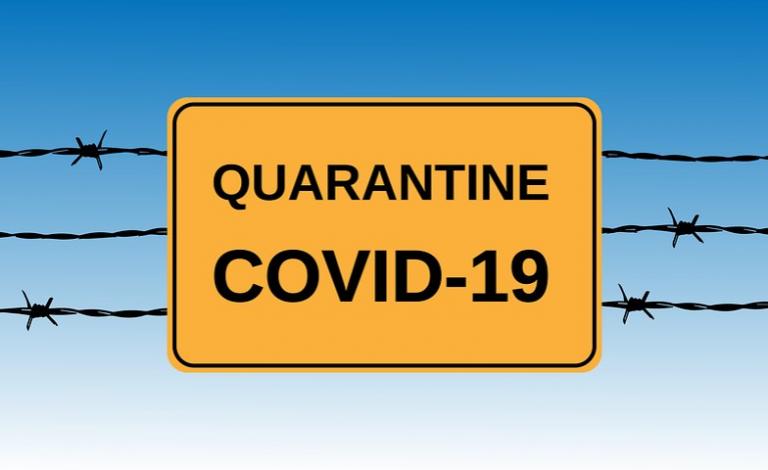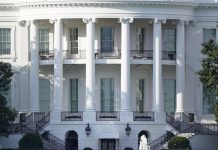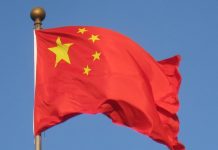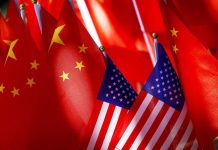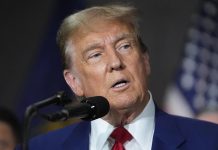THE World Health Organization’s Director-General Tedros recently stressed at the special summit of the G20 leaders on the COVID-19 epidemic that the virus that is growing at an exponential rate is a global crisis and it requires a global response and action.
Based on the number of confirmed cases of COVID-19 in the world, the United States ranks first.
Mainland China, which was the first to experience a severe epidemic, has stabilized around 82,000 infections and it has nearly turned all domestic cases to zero nationwide, except for newly confirmed imported cases, which are under strict control.
China’s recovered patients account for more than 90% of the total number of infections. Today, less than 3,000 sick patients are hospitalized in China from COVID19, and expectantly all cases will be cleared soon.
Meanwhile, the number of COVID-19 infections in Europe and the United States keeps soaring, and is far from reaching the epidemic’s peak.
The WHO complained that western countries had wasted two months of emergency response time that China bought at the cost of lockdowns and self-sacrifice to secure the world against COVID19.
The New York Times criticized the US president for being too late on deploying epidemic prevention, which has rapidly deteriorated the US epidemic.
Countries such as Italy and Spain in Europe also missed the time window and suffered a severe blow from the epidemic.
Fortunately, while the COVID-19 is spreading around the world, China has achieved progress in controlling the epidemic, and has gradually resumed the economic and social operations, enabling it to free up its hands to accelerate the production of epidemic prevention materials to aid those countries with severe outbreaks.
China’s experience from more than two months of fighting the coronavirus is helpful to the western countries amid the disaster.
There are a few experiences in China’s tackling of the outbreak. Primarily, it is to stay vigilant and highly alert to the epidemic.
When the first signs of the outbreak of an unknown pneumonia emerged in Wuhan, Hubei at the end of December last year, the local health officials immediately launched a virus research to try to control the epidemic.
The state health authorities received the report and the Chinese government informed the WHO and other countries including United States about the epidemic situation as early as January 3, 2020.
Afterwards the US was continuously informed for 30 times within two months, in an attempt by the Chinese government to draw extreme attention to the potential spread of an epidemic.
This is the lesson China learnt from a blow of SARS in 2003, and since then an operation plan for epidemic prevention has been standardized, and the system of case report was put into practice in all levels of government.
The vertical office network of the National Health Commission has been established in various provinces and cities. The disease control system can effectively monitor the outbreak. Over the past 17 years, a fever clinic service, training of personnel in the epidemic prevention system, community grid management, and e-commerce supporting systems have been run smoothly. The improvement of other logistics systems has laid a social foundation for coping with unexpected crises.
The essential point is that the state leadership’s priority of putting people’s health enables the implementation of various measures. For example, traffic channels between Wuhan and other parts of the country were closed, preventing a large number of potential carriers of viruses from spreading to other provinces and cities.
As a result, there were no large-scale epidemic outbreaks in other provinces and cities.
However, China’s approach to delay the virus’ spread has not drawn the attention and emulation of the European and American countries. From February 7 to 19, the US President Donald Trump repeatedly stated that the virus will be gone when the weather is getting warmer. Some US netizens criticized Trump for focusing on economic benefits instead of preventing the epidemic.

